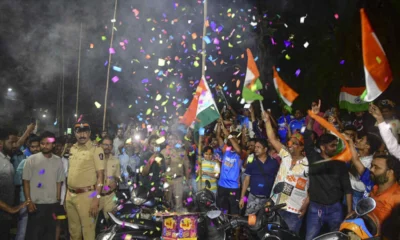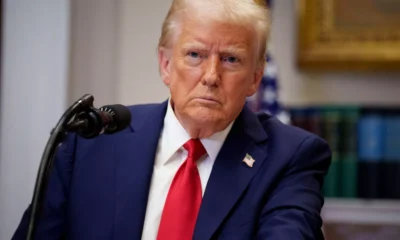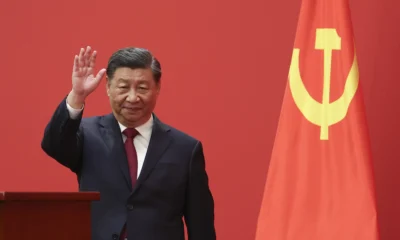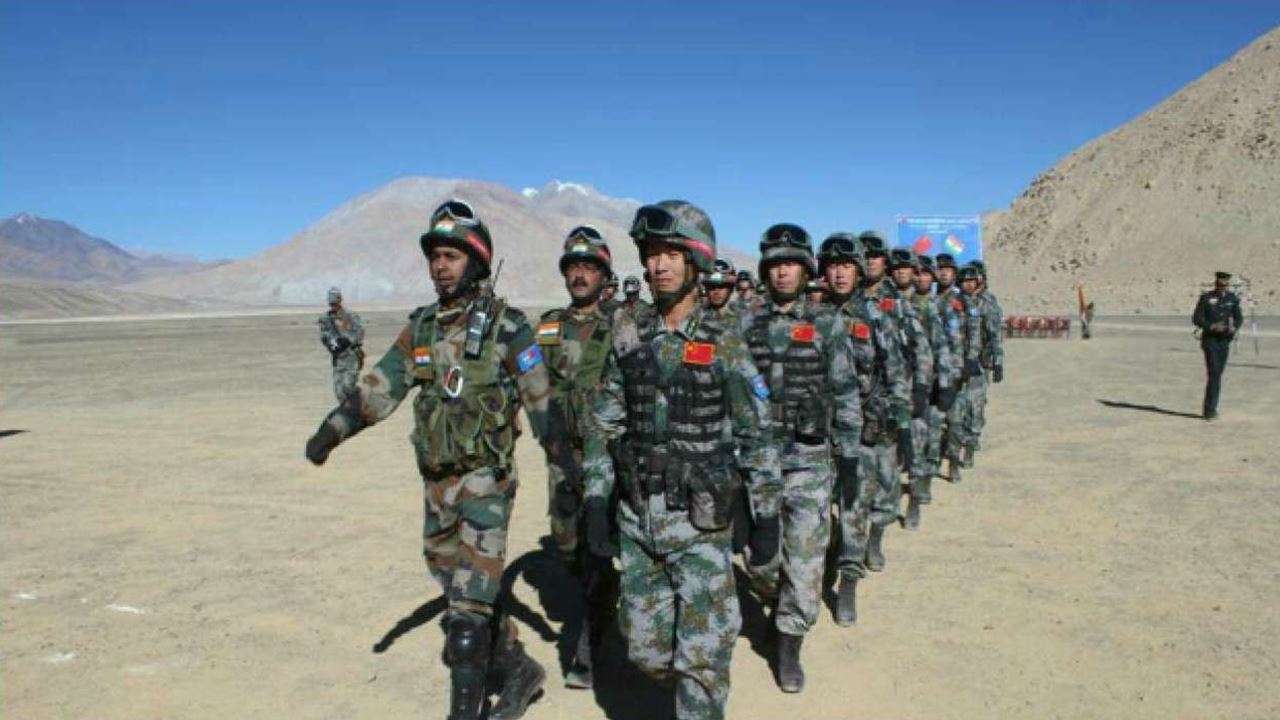China news
CHINESE ARMY WITHDRAWS AT 4 LOCATIONS
India will adopt a cautious approach with reference to the withdrawal by China’s People’s Liberation Army soldiers who had set off the stand-off at four locations in eastern Ladakh’s Galwan Valley and Pangong Lake.
China news
India, China to hold ninth round of military talks today to resolve Ladakh border standoff
In a bid to end the standoff at Ladakh border, India and China will be engaging in ninth round of military level talks.
China news
INDIA, CHINA DISCUSS WAYS TO DE-ESCALATE
Reacting to the another round of diplomatic dialogue held between India and China on Thursday, the Ministry of External Affairs said that the two countries agreed to resolve the outstanding issues in an expeditious manner and in accordance with the existing protocols.
China news
INDIA MAY TAKE FRESH ACTION ON ECONOMIC FRONT AGAINST CHINA
With the People’s Liberation Army is still holding forward positions on Pangong Tso and Gogra-Hot Springs area of Ladakh
-
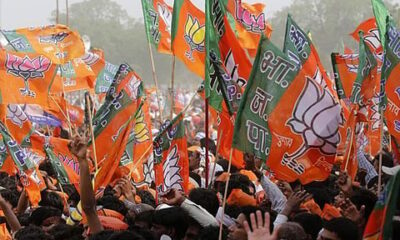
 India News10 hours ago
India News10 hours agoBJP gets its first mayor in Kerala as VV Rajesh takes charge in Thiruvananthapuram
-

 India News12 hours ago
India News12 hours agoVeer Bal Diwas reflects courage, conviction and righteousness, Says PM Modi
-

 Entertainment8 hours ago
Entertainment8 hours agoDhurandhar box office collection crosses Rs 1,000 crore worldwide in 21 days
-

 India News14 hours ago
India News14 hours agoTrain fares increased from December 26: check revised ticket prices across classes
-

 India News14 hours ago
India News14 hours agoDelhi air quality improves slightly but stays in poor category
-

 India News8 hours ago
India News8 hours agoAAP targets Delhi LG with Ghajini dig over pollution row, BJP hits back
-

 Latest world news7 hours ago
Latest world news7 hours agoIndia flags attacks on Hindus in Bangladesh as worrisome after recent lynchings
-

 India News8 hours ago
India News8 hours agoTraffic slows in Himachal Pradesh as year-end tourist rush chokes roads to Shimla, Manali



